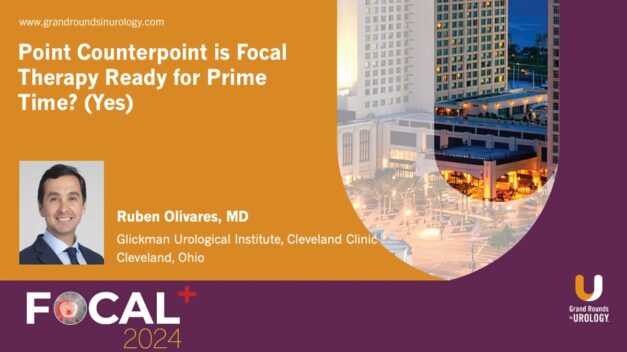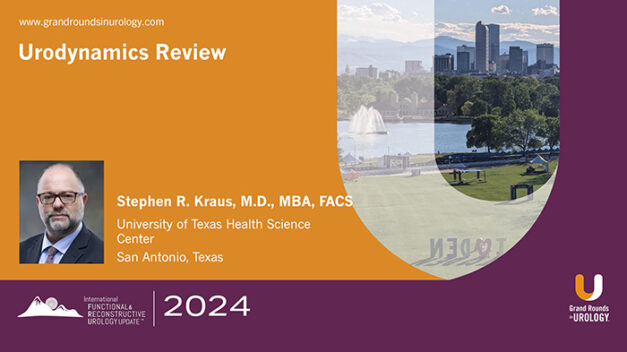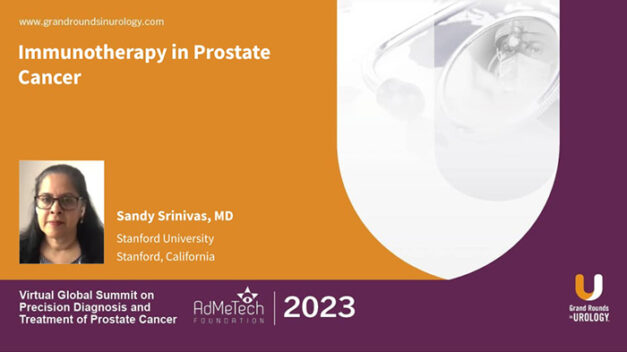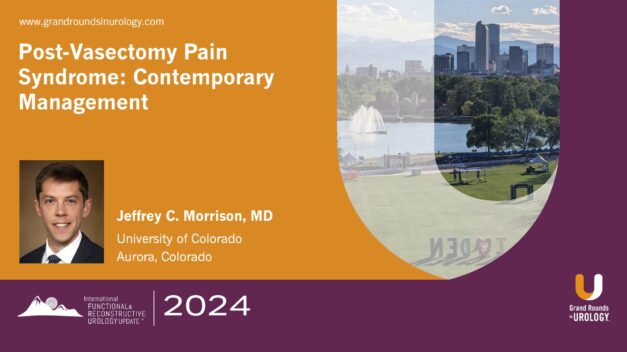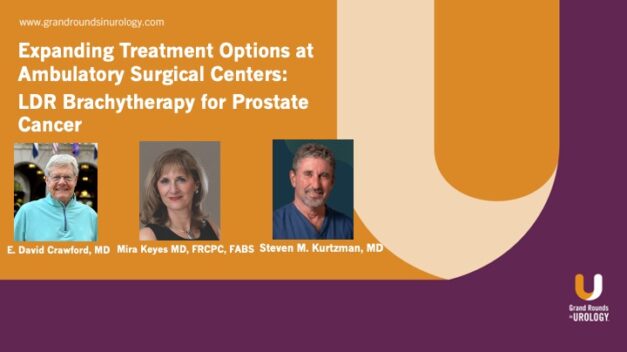Point Counterpoint: Is Focal Therapy Ready for Prime Time (Yes)
Ruben Olivares, MD, emphasizes the growing momentum of focal therapy in prostate cancer management, urging clinicians to embrace its evolving philosophy. The 9-minute discussion highlights a shift from whole-gland treatment to strategies aimed at cancer control, progression delay, and preserving quality of life.
Dr. Olivares underscores the importance of tailored approaches, utilizing advanced imaging like MRI to localize aggressive lesions. Enhanced biopsy techniques and energy-based modalities offer new avenues for precise and effective treatments. Emphasizing the balance between oncological control and functional preservation, his talk highlights the need for proficiency and sufficient patient volumes to optimize outcomes. Focal therapy is presented as a safe, feasible, and effective strategy with excellent functional and medium-term oncological outcomes, marking it as a critical component of the evolving prostate cancer treatment paradigm.
Read More
